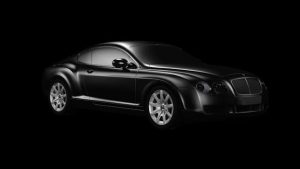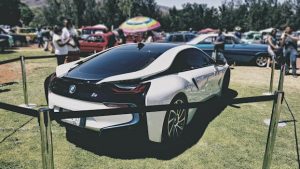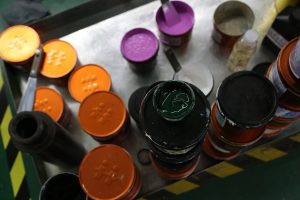Laser Headlights: Seeing Around Corners
>
Laser headlights have become a popular topic in the automotive industry in recent years. These advanced headlights use laser diodes to illuminate the road ahead, providing drivers with enhanced visibility and safety on the road. While traditional headlights have limited visibility around corners, laser headlights are changing the game by allowing drivers to see around corners. This innovative technology is not only improving driving experiences, but it is also paving the way for the future of automotive lighting. In this article, we will delve into the world of laser headlights and explore their benefits, functionality, and potential impact on the automotive industry.
The Evolution of Headlights
Traditional incandescent headlights have been the standard for vehicle lighting for decades. These headlights use a filament that emits light when heated by an electric current. However, they have several limitations, such as short lifespan, high energy consumption, and limited visibility. With the advancement of technology, halogen and xenon headlights were introduced, increasing the brightness and longevity of headlights. While these types of headlights perform better than incandescent ones, they still have limitations when it comes to cornering visibility.
The Arrival of Laser Headlights
Laser headlights first made an appearance in 2014, when Audi launched the R8 LMX, the first production car with laser headlights. This breakthrough technology uses laser diodes, which are smaller and more energy-efficient than traditional light sources. Laser headlights produce a beam that is ten times brighter than LED headlights, illuminating the road with a beam that can reach up to 600 meters. This extended visibility range allows drivers to see around corners, making night driving safer and more comfortable.
How Do Laser Headlights Work?
Laser headlights use a combination of blue laser diodes, mirrors, and a fluorescent phosphor converter to produce white light. The laser diodes emit a blue light that is then converted to white light by the phosphor converter. This process is more energy-efficient and has a longer lifespan compared to traditional light sources. The use of mirrors in laser headlights allows for precise control and distribution of light, making them more efficient and versatile.
The Benefits of Laser Headlights
The most significant advantage of laser headlights is their exceptional visibility, making it easier for drivers to navigate in low-light conditions. The extended visibility range also improves safety, as drivers can spot pedestrians and potential hazards earlier. In addition, laser headlights have a longer lifespan and consume less energy, making them more environmentally friendly. These headlights also provide a more natural light color that is closer to natural sunlight, reducing eye strain and increasing driver comfort.
The Future of Automotive Lighting
As laser headlights become more prevalent in the automotive industry, their potential impact on the future of vehicle lighting is immense. The use of laser technology in headlights has opened up endless possibilities for enhancing safety and performance on the road. Manufacturers are constantly improving and innovating laser headlights, with some even exploring the use of sensors and cameras to adapt the light beam’s intensity based on surrounding conditions. This advancement in technology is not limited to headlights; it is also being applied to other automotive lighting, such as taillights and turn signals.
Conclusion
Laser headlights have already made a significant impact in the automotive industry and are poised to revolutionize vehicle lighting in the future. With their exceptional visibility, energy efficiency, and longer lifespan, they are setting a new standard for automotive lighting. The ability to see around corners with laser headlights is a game-changer, improving safety and comfort for drivers. As technology continues to evolve, we can only imagine the potential advancements and applications of laser headlights in the years to come.








